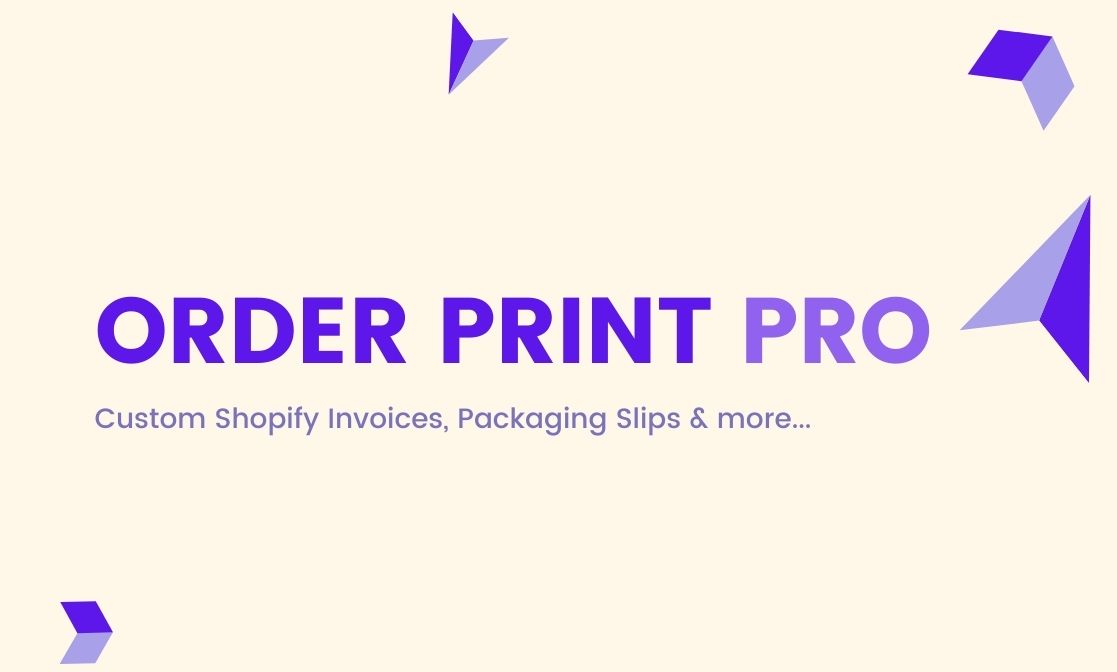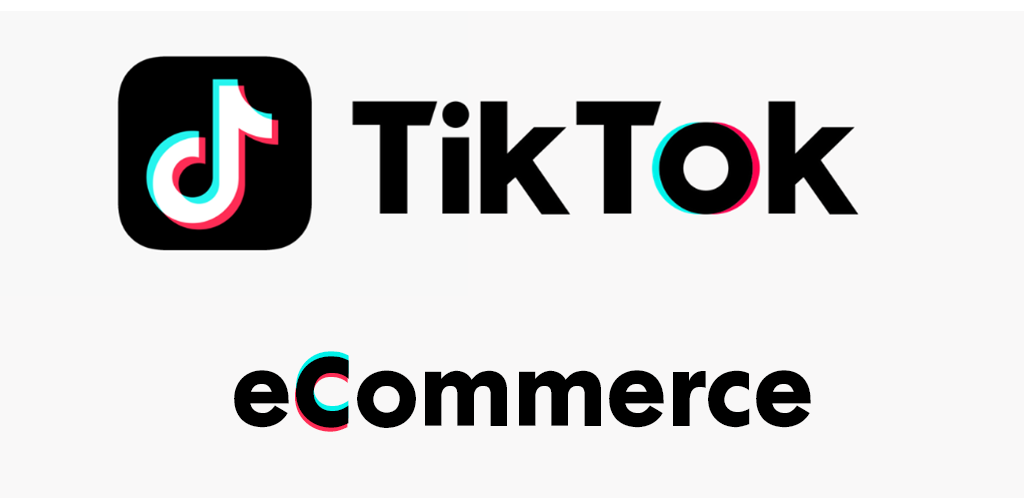The world of ecommerce is rich in potential. All you need to create the next Amazon, eBay or Alibaba, is an idea. All you need is a flash of inspiration... or lots and lots of research.
Eureka-esque ideas may appear as such, but they are more likely to be the product of countless surveys and Google searches.
If you’re still searching for an idea worth pursuing, these tips might nudge you in the right direction.
1. Look to the past before you look into the future
The best way to learn is through the mistakes - or success, of others. This doesn’t necessarily mean copying previously successful ideas, but rather paying attention to resurges and comebacks of older trends. Nostalgia isn’t only for pleasant reminiscing, it’s also a viable business strategy, people tend to look at the past through rose-tinted glass.
2. Find and fulfil a niche
Serving a niche market is infinitely more fruitful than getting lost between the crowds of businesses with already established consumer-bases. Finding your nook in the market is essential – niche businesses strongly resonate with interested prospects, leading to a dedicated, highly-converting audience. Serving a zealous audience crafts a sense of community, this feeling of exclusivity can make your brand seem even more valuable.
3. Browse online forums
Scrolling through Reddit isn’t just a good time-waster, user submissions can give you tons of ideas of what people are looking to buy. These places are breeding grounds for clever commerce and business ideas, just waiting for someone to grasp the opportunity.
Users on these forms are also on the lookout for new products to try. These interactions can create brand awareness, with you replying to individuals with a common area of interests, telling them about your product.
4. Always stay on top of SEO analytics and insights
Insights and analytics give you a good idea of what’s trending around the world. These insights can also be targeted with variables, giving you information on specific groups. There are a number of free options available:
-
Google Trends:
Stay on the cutting edge of trends globally, choosing from specific topics like Music, Business and Tech. If you have a specific market in mind, you can use these insights to give you a clear idea of what’s happening in that world. You can also use the analytics to determine anticipated peaks in searches regarding your topic.
-
Google Analytics
If you’re already the owner of the website, Google Analytics provides you with vital information to determine which terms users are searching to get to your website. These searches can often contain long descriptive phrases that can help you think of your next idea.
5. Study from your competitors
Research previously successful businesses in industries you are interested in. Find out about the why and how behind their most successful products. But be wary, simply copying these ideas will get you nowhere in the presence of fierce competition. You will have to give these ideas your own spin to separate you from these already existing, more successful, companies.
These success stories can also serve as inspiration, showing you that your goals are achievable and have been accomplished.
6. Audience questionnaires
User input is one of the most successful ways of getting accurate insights into your audience. Formulate questions about the problems they encounter, what are their preferred products and why, and what they feel those products are lacking.
Ensure your questions are balanced between a healthy mixture of simple click-to-answer and open-ended questions, that help you explore every aspect of your prospects. Use these answers to power your community-fuelled product ideas.
7. Disassemble customer reviews
Take a look at reviews of businesses and products in the field you’re interested in moving in to. Identify recurring customer complaints and decide how you can create a product that fills these concerns. Positive reviews are also a great way of seeing what customers love about those products, that you can then implement in yours. Existing products will inevitably garner comments, the skill lies in being able to make use of these “random” suggestions and turn them into a business idea.
8. Crowdsource your ideas
Crowdsourcing is similar to customer surveying, but with a more overt approach. These crowdsourcing attempts usually involve an incentive – to get a buzz started around your campaign. An example of a very successful crowdsourcing campaign is McDonald’s Build Your Own Burger. This crowdsourcing project attempted to get users to design and name their own McDonald’s burger, and the winner gets their idea coined as an official product.
This basically relieves you of the responsibility of thinking of an idea, while also getting customer input on what they want.
9. Check out B2B marketplaces
This option is the most widely used amongst upcoming ecommerce business owners. Wholesale marketplaces like Alibaba or Oberlo are the perfect places to look and see what people are buying. These platforms connect consumers globally with manufacturers and suppliers in Asia.
10. Explore your current workplace
To generate ideas, you need to identify problems, and your workplace is riddled with problems.
Problems that are worth solving are usually invisible to outsiders, by being in a workplace environment you are in a privileged position to look at the way your colleagues treat or work around problems. You are probably even already aware of these problems you should be solving; you just haven’t figured them out yet.
Enquire sales teams, look through old reports and excel sheets, check archives, there could be something hidden in there that could make it to the market today. If you’re not part of a workplace, students can also capitalize on academics’ ideas. Universities have lots of time on their hands to think up new products, but lack commercialization, this is where you swoop in.
11. Embrace your unique knowledge
What do you know more about than anyone else? What is your expertise?
Jim Collins, founder of the Hedgehog Concept, claims that you should focus on the intersection of what your passion is, what you can get money for and what you can be uniquely great at. Give it a shot and see what your business hedgehog is.
Photo: www.mindtools.com
12. Broaden your visions internationally
It’s easy to get tunnel visioned on American products and insights, but the USA isn’t the only product development breeding ground today. Take a look at foreign ideas and concepts that are trending. These products could then also be introduced to other continents where they are still unknown.
13. Customer Development should be your first step.
Businesses are built around problems that need solving. Anyone can build something; the catch is building something people want to pay for. If a business idea pops into your head, proceed with the following process:
- Formulate a Prospect – Problem hypothesis
- Interview people who fit your hypotheses, in an attempt to falsify the problematic hypothesis.
- Keep iterating through creating and solving these problems until you are able to predict the answers to these problems.
- Proceed to showcase this solution to your target market in a solution-interview, repeat until you are confident that all of their problems are solved.
And voila, you have a strong starting idea for your business.









